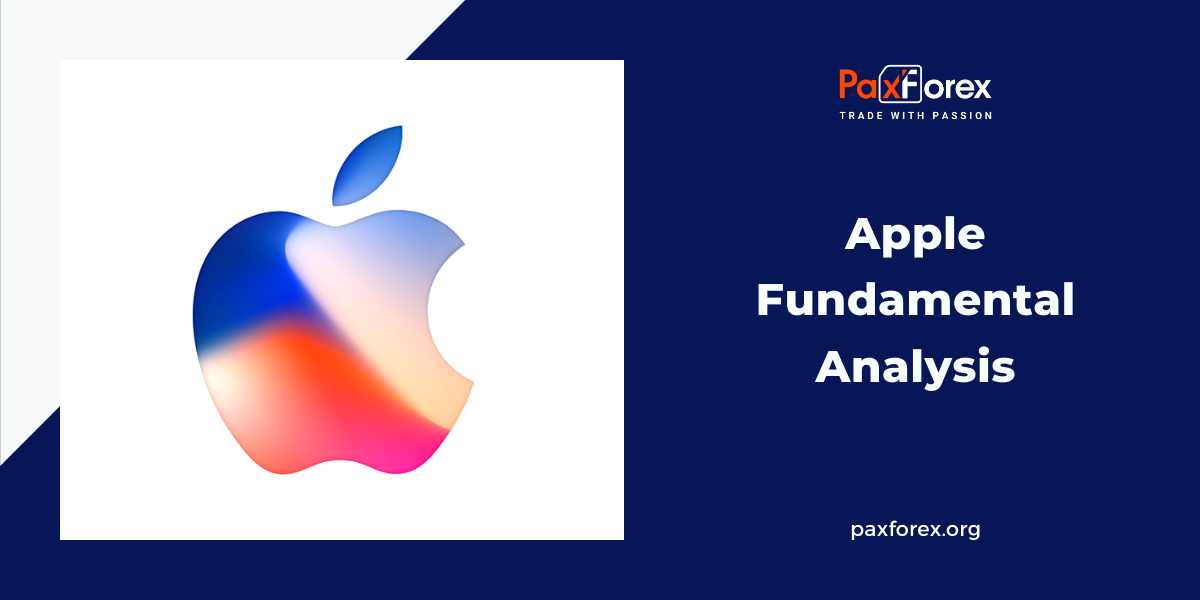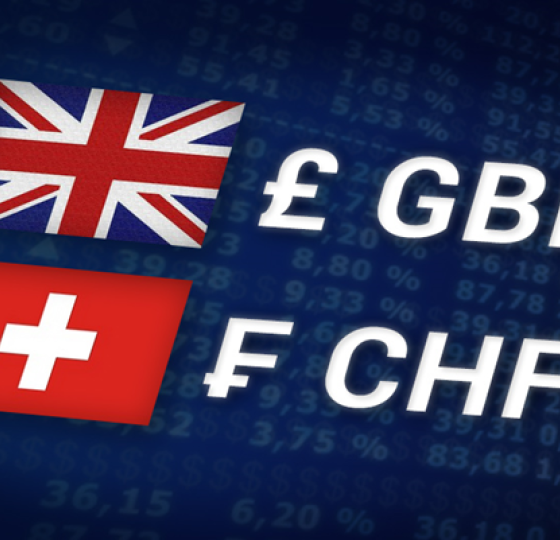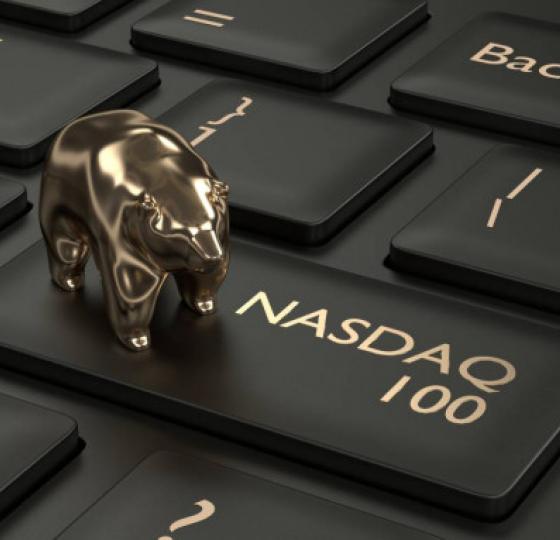
Source: PaxForex Premium Analytics Portal, Fundamental Insight
Apple's stock rose by 5% on May 5th following the release of its latest earnings report. Despite a 2.5% year-over-year decrease in revenue to $94.8 billion for the second quarter of fiscal 2023, which ended on April 1st, the tech giant still beat analysts' estimates by approximately $2 billion. While earnings remained at $1.52 per share, this also exceeded the consensus forecast by $0.09 per share.
Although Apple's growth rates may appear lackluster at first glance, especially given its 34% year-to-date rally compared to the S&P 500's 8% increase, a closer look reveals reasons to be both optimistic and pessimistic about its future.
Apple's reliance on the iPhone as a significant contributor to revenue has been noted by skeptics who emphasize that it represented 54% of the company's revenue in Q2, despite only growing 1.5% YoY. The saturated nature of the smartphone market is likely to lead to diminishing returns for Apple in the future. The global smartphone market also experienced an 11.3% decline in shipments in 2022, with predictions of a further 1.1% slump in 2023, as iPhone and Android shipments could drop by 0.5% and 1.2%, respectively. This could result in stalling iPhone sales for the tech giant in the second half of fiscal 2023.
Furthermore, sales of Apple's Mac and iPad, which contributed 15% of its Q2 revenue, declined due to tough comparisons with their launches of M1-powered devices, as well as the macro and currency headwinds. This trend may continue as remote work and online learning purchases decrease in a post-pandemic market.
Apple's Q2 services revenue, generated from the App Store and subscription-based services, grew 5% YoY, representing 22% of its top line. However, this marks a slight slowdown from its Q4 YoY growth of 6%. This deceleration may raise concerns as Apple plans to leverage its services to reduce its dependence on iPhone sales. In addition, analysts predict a decline of 2% and 3% in revenue and earnings, respectively, as its soft hardware sales offset its rising services revenue. Despite this, Apple trades at 28 times forward earnings, likely due to its status as a "safe haven" stock. In comparison, Microsoft, which grows at a faster pace and is not reliant on a single product line for half its revenue, trades at only 25 times forward earnings.
While acknowledging that Apple faces a potential slowdown and relies heavily on the iPhone, the optimists will highlight that the company's iPhone sales recently set a new Q2 record. This suggests that the market's demand for new iPhones remains strong. Furthermore, Apple has a very loyal customer base, with a recent survey finding that 94% of iPhone users plan to stick with Apple, compared to only 80% of Android users planning to stick with their current brand.
This brand loyalty, coupled with the sticky nature of Apple's ecosystem, should help to keep users locked into its subscription-based services. In Q2, Apple reached a record 975 million paid subscriptions across all of its services, representing an 18% increase from the prior year.
This large audience of paid subscribers positions Apple to challenge major players like Netflix in the streaming video space with Apple TV+, Spotify in music streaming with Apple Music, and numerous video game publishers with Apple Arcade. By bundling these services with others like Apple News+, Apple Fitness+, and iCloud+, Apple One subscription bundles offer a powerful value proposition to customers.
Regarding the company's relatively slow hardware sales, the optimists will point out that Apple's iPhone, Mac, and iPad sales have recovered from downturns in the past, and that the company is expected to launch new devices soon, including its much-rumored mixed-reality headsets.
Lastly, Apple's strong financial position, with $166 billion in cash and marketable securities, and a history of share buybacks, suggests that the company is focused on returning value to its investors rather than making risky acquisitions.
Despite concerns over Apple's dependence on the iPhone and a recent slowdown in some of its businesses, the company has a loyal customer base, a growing services segment, and a massive cash hoard. While its stock may not be cheap and its dividend yield low, Apple has a strong track record of proving skeptics wrong and has plenty of potential for future growth. Investors should take a long-term perspective and consider Apple's strengths as a tech leader when evaluating its investment potential.
As long as the price is above 155.00, follow the recommendations below:
- Time frame: D1
- Recommendation: long position
- Entry point: 171.45
- Take Profit 1: 175.00
- Take Profit 2: 185.00
Alternative scenario:
If the level of 155.00 is broken-down, follow the recommendations below:
- Time frame: D1
- Recommendation: short position
- Entry point: 155.00
- Take Profit 1: 150.00
- Take Profit 2: 145.00













